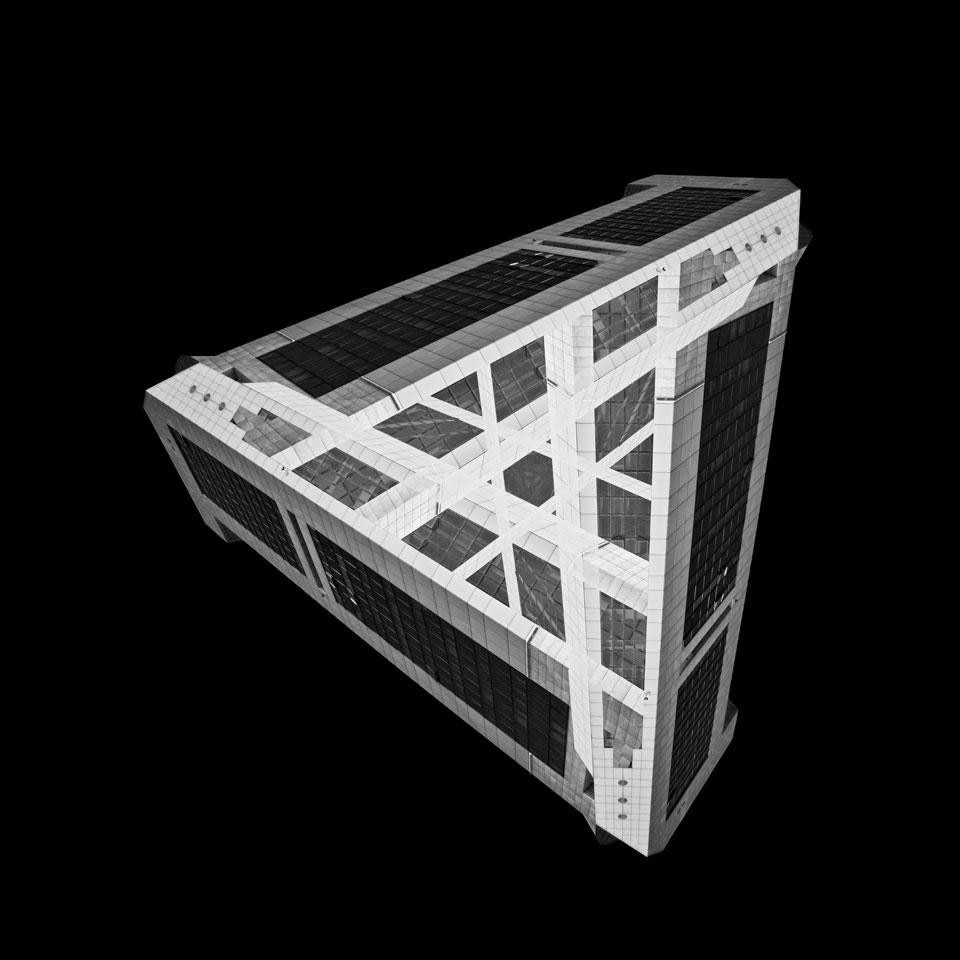Born in 1985, he has been working in photography and digital art since 2010, taking part in numerous photographic projects; events such as Mantova Creativa, which brings together photographers, designers and architects to address the subject of the environment; and joint-projects, such as his collaboration with German photographer Nick Frank.
Mognetti's images have been posted on thousands of blogs from Japan to Germany, US, China, Russia and India. The Washington Post likes the original angles via which the viewer can disconnect from reality, and his works have been compared to the optical illusions and puzzles of M. C. Escher. "Architecture", according to Mognetti, who attempts to capture the being and becoming of Milan, "has two aspects: on the surface regularity and volumes, on a deeper level an ascetic aspect that sits apart from the imperfect and mortal presence of man".
Francesca Esposito: How has your training as a psychologist influenced your work as a photographer?
Mattia Mognetti: Experimental psychology and neuroscience, studies on perception — in particular optical illusions —, as well as those more interdisciplinary areas where the psychoanalytic tradition encounters that of the art critic have influenced me a great deal. They represent a kind of interpretative framework for understanding what the observer finds to look at, offering a glimpse of that aspect of the person that Freud called the subconscious.
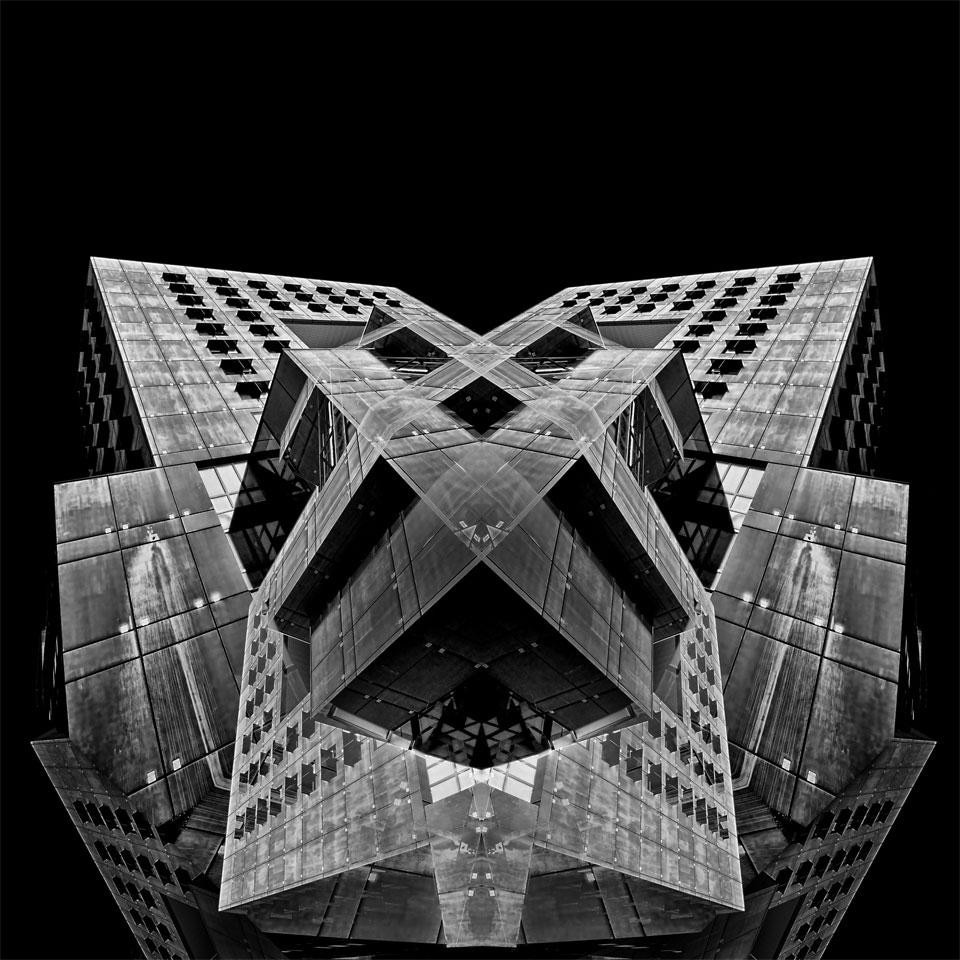
While there is certainly a sensation you might call "shareable" by the majority, what is perceived as ambiguous in the object of observation is also infused with its own personal component. A bit like Rorschach's test, the experiment based on interpreting an inkblot. Seeing a bat in an inkblot, a Star Wars spaceship in place of a building, experiencing the observation of an image in a pleasant rather than a disturbing way; all these are spontaneous reactions that can sometimes be given a psychological interpretation.
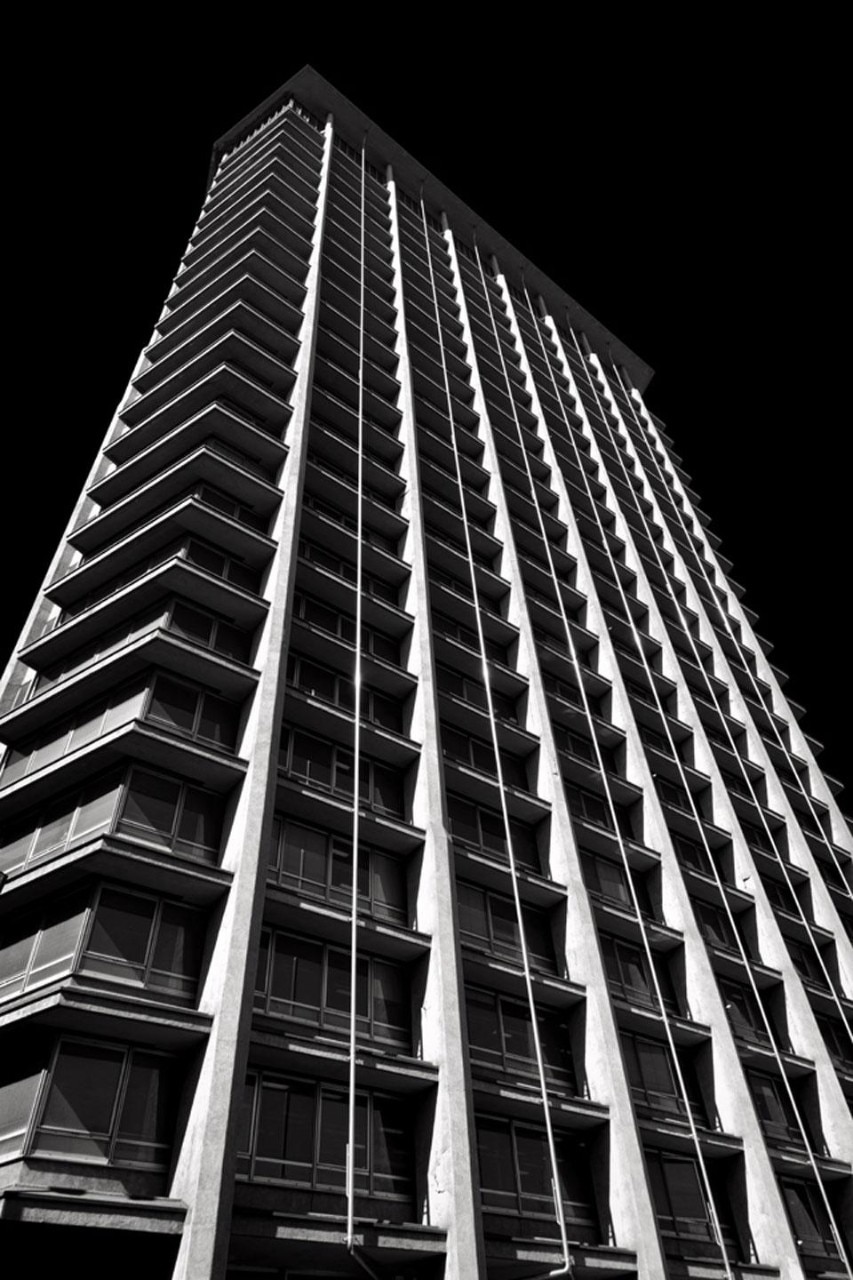
My father had always been a camera enthusiast, but let's say that at home it was always me who noticed straight away if a picture was crooked. I payed attention to minute details, just like now I realise that a minimal inclination is enough to distort lines and reflections. I am obsessed with architecture, by perspectives, in a search for equilibrium, I like metallic surfaces and reflections. I am always looking around in the hope of finding a visual perspective to experiment with. I like to play with the framing and the results can often be astonishing and deceiving: one perceives abstraction even though in reality it is a tangible building, like in my Istigkeit series.
I am obsessed with architecture, by perspectives, in a search for equilibrium, I like metallic surfaces and reflections
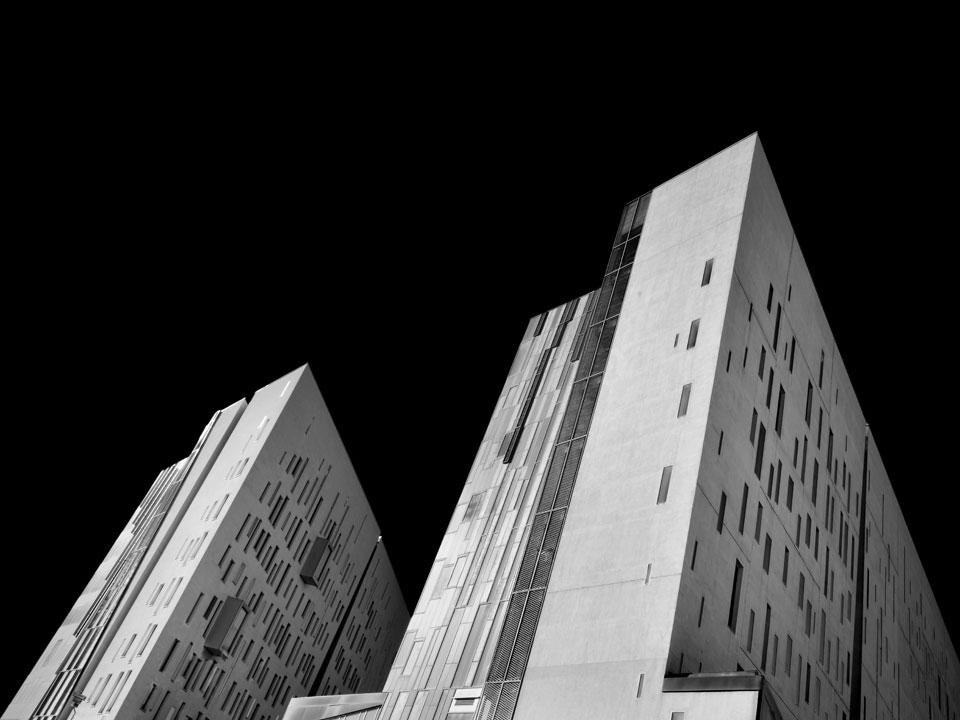
The name comes from a concept of the Medieval philosopher Meister Eckhart who used it to signify the idea of the infinite and the perception of the divine. The notion was then taken up by Huxley in The Doors of Perception, in which one of the effects of mescaline that he experienced was that of becoming lost in one's own perception. The project came about on its own, the buildings and elements started to come together by themselves in a game of aesthetics and deception.
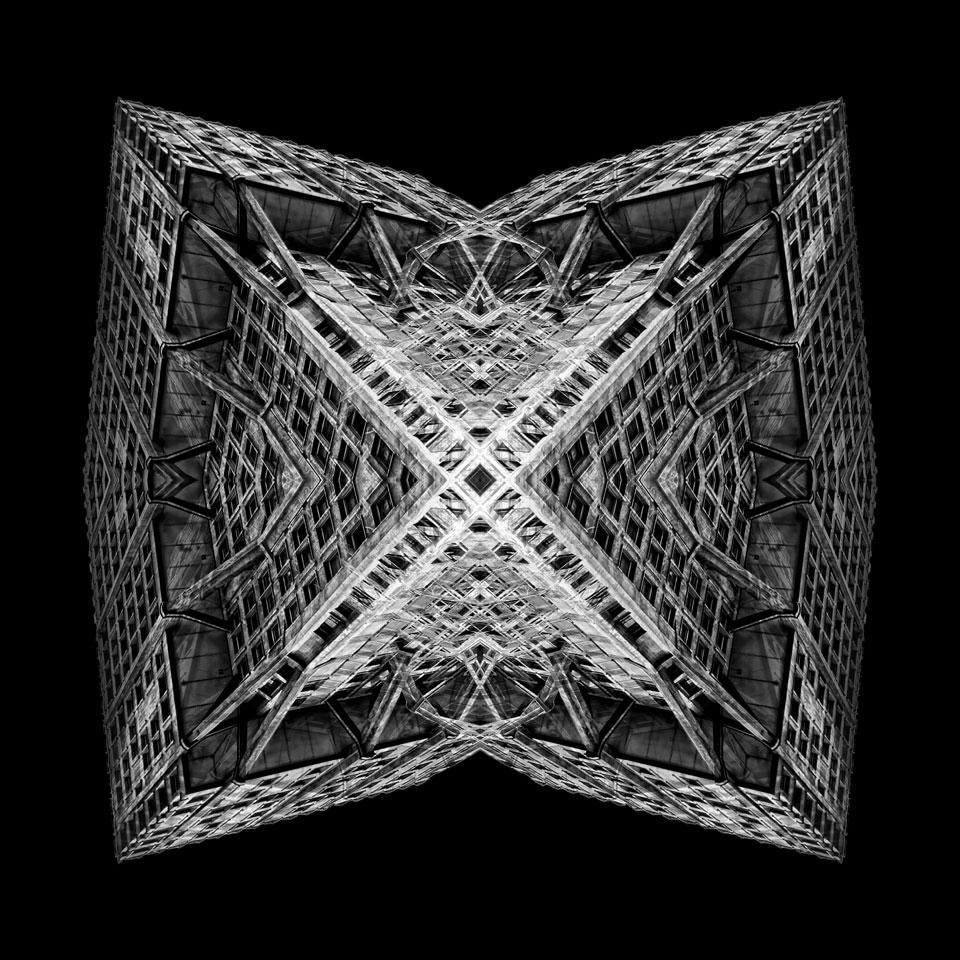
I am attracted to classical subjects like the church of San Celso and the church of Santa Maria dei Miracoli that are in a surreal context, out of their time but I also love the geometries, reflections and surfaces of new buildings. I also like the Cimiterio Monumentale, where I shot the Graveyard People photographs. The Milanese are mostly unfamiliar with it but it is a place where you can abstract yourself from the noisy chaos and observe the silence in isolation.
